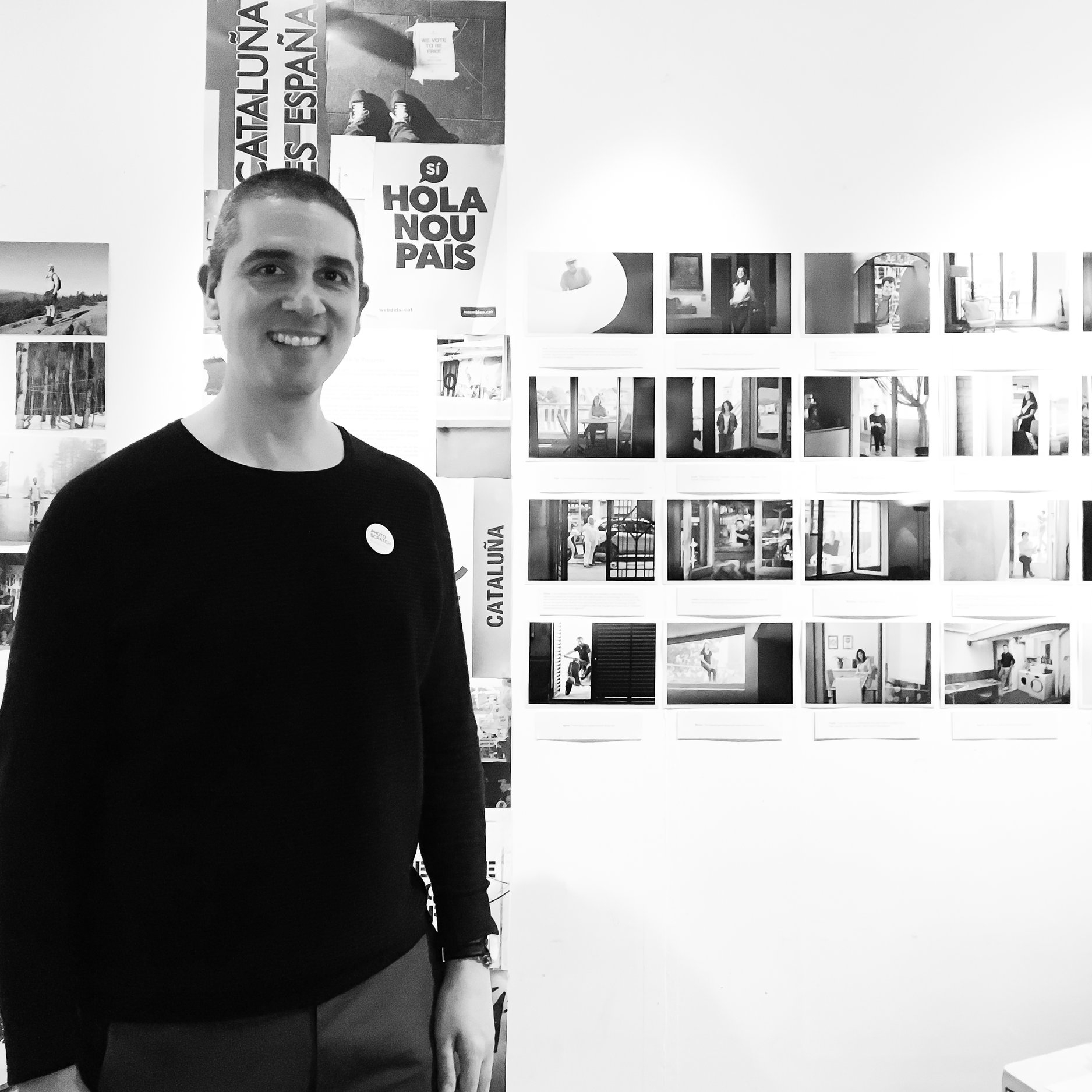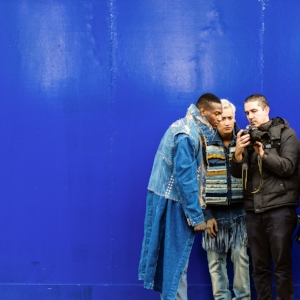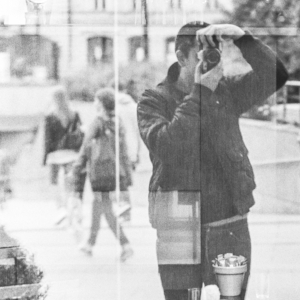If I had told my parents when I was growing up that I wanted to be a photographer, they probably would have told me to study a real career and do whatever I wanted with my spare time. Is not that they weren't supporting parents, it's just that, where I come from, working in the creative industries is not considered having a real job. Sadly, this is a reality in many parts of the world. But, when you come to countries like the UK and you realize how strong their creative communities are, you can't help but wonder what makes this society so open to the arts. Could it possibly be what they put in the water here?
I doubt it. But, one thing is for sure: countries like this one must be doing something different at family, school or government level to keep culture and arts alive. That is the reason why when you think of creativity in the UK, you automatically think of James Bond, Sherlock Holmes, David Bowie, the Beatles, Harry Potter, Game of Thrones, Norman Foster, Zaha Hadid, Alexander McQueen, Stella McCartney, and the list goes on. Is it a coincidence that all this amazing talent concentrates in one country? Or is it that in the UK there is more support for artists than in other parts of the world?
I know for a fact that where I come from there is an incredible number of really talented creatives. Unfortunately, most of them have to leave the country to pursue Arts as a career. There just isn't that much support for artists back home. And you might think that maybe it is because governments in other countries have other priorities and invest in what really drives the economy. But, looking at the figures, that does not make much sense.
In the UK, the creative industries (which include advertising, film and TV, architecture, publishing, music, design, games, museums and galleries, fashion, crafts, and the creative use of technology) are a £92bn sector which grows at twice the rate of the economy, and which accounts for 14.2 percent of the country’s Gross Value Added (GVA). Over 5.2 million people work in this sector, 16.1 percent of all the jobs in the UK. This represents an 11.3 percent increase since 2011 (4.7 million) and, taking into account that over the same period of time employment in the UK increased by 7.6 percent, these figures are really impressive.
This is in part due to the government's support to the creative industries sector. For example, according to the Department for Digital, Culture, Media & Sport, dedicated tax relief to support high-end television productions, such as Game of Thrones and The Crown have seen a production boom worth £1.5 billion since the scheme was introduced in 2013.
But, it also comes from the fact that people brought up in the UK seem to be more exposed to culture and arts at family and school levels, and they grow up to understand its importance in their lives. In early 2017, 77.4% of adults in the UK had engaged with the arts at least once in the last 12 months. Which means that roughly 4 out of every 5 adults had attended or participated in arts events and activities, which included visiting an exhibition, going to the theatre or attending live music performances.
So, as it turns out, choosing to support or be part of the creative communities has a direct impact on the economy of our countries. The next time that someone tells you that pursuing a career in the creative industries is a waste of time, tell them that our economies need more artists. Save the creative, save the economy!
Photo: behind the scenes wearing my #lovemyjob t-shirt from the beautiful people at MailerLite.
Do you like what you just read? Subscribe to my weekly blog posts here!




























